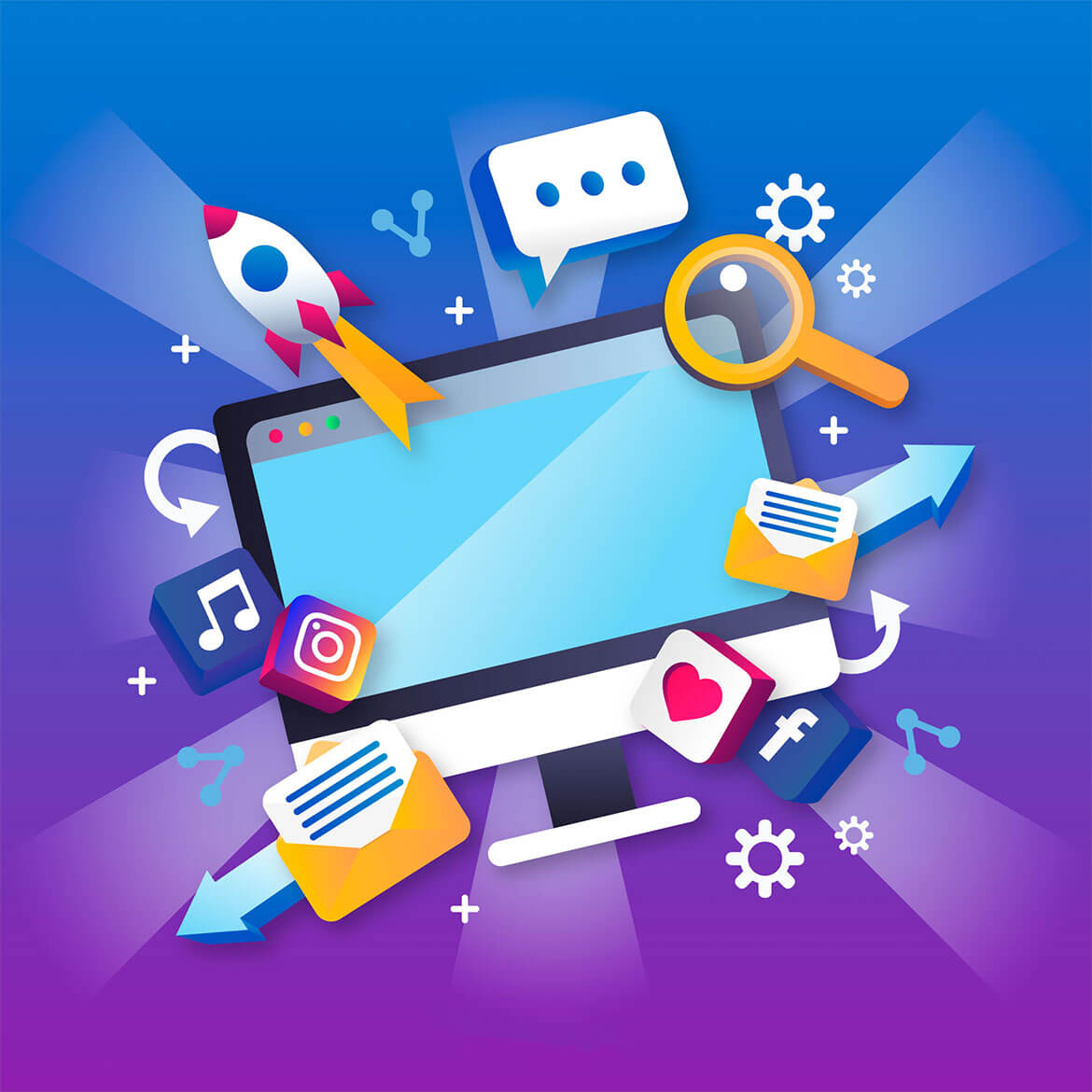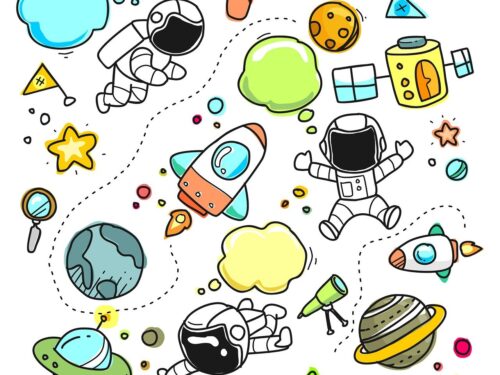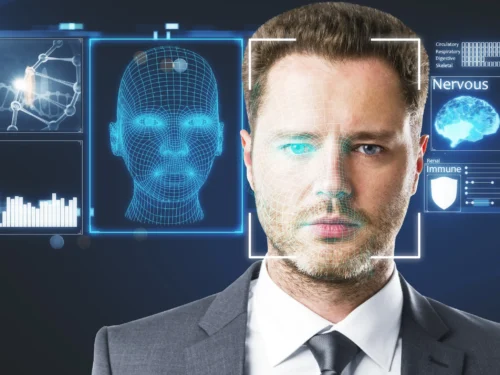Modern computer vision algorithms employ “zero-shot learning,” where a model can recognize objects without prior training on them. By leveraging auxiliary information like text descriptions, the model infers the content of an image even if it has never seen similar images before. This technique allows the model to complete tasks without specific training examples, enhancing its adaptability and versatility. For instance, the model can identify a cat in an image based on a comprehensive description of cats, showcasing the power of zero-shot learning in recognizing unseen classes.
What is Zero-Shot Learning?


Zero-Shot Learning (ZSL) is a machine learning technique enabling models to classify objects from previously unseen classes without specific training for those classes. It falls under heterogeneous transfer learning, where feature and label spaces differ. ZSL is crucial for autonomous systems to identify and categorize new objects independently. An example is CLIP, an image classifier by OpenAI, showcasing the power of ZSL in computer vision. By leveraging pre-trained knowledge, ZSL empowers AI to handle novel tasks and broaden its applications across various domains. This cutting-edge approach enhances the adaptability and versatility of AI systems.
How Zero-Shot Learning Works
In the realm of supervised learning, models are trained on labeled data, and their ability to recognize new, unseen data is limited. This limitation becomes evident when the model encounters data from classes it has never seen before. Zero-Shot Learning aims to tackle this problem by allowing machines to make predictions on previously unseen classes without direct supervision.
The core idea behind ZSL is to leverage semantic embeddings and attribute-based learning. Instead of relying solely on labeled samples, ZSL models are equipped with additional information about the data, such as class attributes or semantic relationships. This supplementary knowledge enables the model to generalize better and make accurate predictions for unseen classes.

Why is Zero-Shot Learning Useful?
Zero-Shot Learning (ZSL) proves valuable in overcoming challenges and costs linked to data labeling, a time-consuming and expensive process. Obtaining annotations from specialized experts, like in biomedical data, is difficult and demanding. Scenarios with limited training data for rare defects or imbalanced data hinder accurate model representation. Unsupervised methods may fall short, such as classifying sub-categories of objects like dog breeds. ZSL addresses these issues by enabling models to classify novel classes using previously acquired knowledge. Its applications encompass image classification, object detection, tracking, segmentation, style transfer, and natural language processing. ZSL’s significance shines in scenarios where labeled data for novel classes is scarce or costly.
Key Components of Zero-Shot Learning
Semantic Embeddings
Semantic embeddings play a crucial role in Zero Shot Learning. They represent data points in a continuous vector space, capturing the relationships between different classes. By embedding data in this manner, ZSL models can reason about unseen classes based on their proximity to known classes in the semantic space.
Attribute-Based Learning
Attribute-based learning involves describing classes using a set of predefined attributes. These attributes act as semantic descriptors and provide valuable information about the characteristics of each class. ZSL models utilize these attributes to understand the underlying features of unseen classes and make informed predictions.
Knowledge Transfer Techniques
Incorporating knowledge transfer techniques is another key aspect of ZSL. Knowledge can be transferred from known classes to unseen classes, enhancing the model’s ability to recognize new data. Techniques such as transfer learning and meta-learning play a vital role in enabling this knowledge transfer.
Challenges in Zero-Shot Learning
While Zero-Shot Learning presents promising opportunities, it also comes with its fair share of challenges.
Data Scarcity
One of the primary hurdles in ZSL is the lack of labeled data for unseen classes. Since traditional supervised learning relies heavily on labeled samples, the scarcity of such data for new classes poses a significant challenge.
Domain Shift
Unseen data often come from different distributions compared to the data used during training. This domain shift can lead to a drop in model performance as it struggles to adapt to the new data distribution.
Generalization Issues
Zero Shot Learning requires models to generalize effectively across a wide range of classes. Achieving this level of generalization can be challenging due to the inherent complexities of the data and the semantic space.
State-of-the-Art Zero-Shot Learning Approaches
The field of Zero Shot Learning has witnessed significant advancements over the years. Researchers have developed various approaches to tackle the challenges associated with ZSL.
Generative Models
Generative models, such as Generative Adversarial Networks (GANs) and Variational Autoencoders (VAEs), have shown promise in generating data samples for unseen classes. These models produce synthetic data that helps in improving the performance of ZSL models.
Meta-Learning Algorithms
Meta-learning algorithms aim to enhance the model’s ability to learn from a limited amount of data. They enable ZSL models to adapt quickly to new classes with only a few labeled samples.
Hybrid Methods
Hybrid approaches combine the strengths of different ZSL techniques, leveraging both semantic embeddings and attribute-based learning. These hybrid models often achieve superior performance compared to individual methods.
Real-World Applications of Zero-Shot Learning
The practical applications of Zero-Shot Learning are vast and span across various domains.
Image Recognition
In image recognition tasks, ZSL allows machines to identify objects and scenes from classes that were not part of the training data. This capability is particularly valuable when dealing with dynamic environments and constantly evolving classes.
Natural Language Processing
In the realm of natural language processing, ZSL enables language models to comprehend and generate content for unseen concepts. This has applications in sentiment analysis, text generation, and machine translation.
Autonomous Vehicles
Autonomous vehicles heavily rely on machine learning algorithms to interpret the environment and make decisions. ZSL can enhance their capabilities by enabling them to recognize and respond to previously unseen road scenarios.
Future Trends in Zero-Shot Learning
As technology continues to evolve, the future of Zero-Shot Learning looks promising, with several exciting trends on the horizon.
Continual Learning
Continual learning focuses on developing models that can adapt continuously to new data and tasks. This capability is essential for ZSL models to remain effective in dynamic and ever-changing environments.
Few-Shot Learning Advancements
Few-shot learning aims to enable models to learn from only a few labeled samples. Advancements in few-shot learning techniques will further empower ZSL models to recognize unseen classes with limited data.

Integrating ZSL with Other AI Techniques
The integration of ZSL with other AI approaches, such as transfer learning, reinforcement learning, and one-shot learning, can lead to powerful and versatile AI systems.
Ethical Considerations in Zero-Shot Learning
While Zero-Shot Learning offers numerous benefits, it also raises ethical concerns that require careful consideration.
Bias and Fairness Concerns
ZSL models, like any AI system, can inherit biases present in the data used during training. Ensuring fairness and mitigating biases is crucial to building equitable and ethical AI solutions.
Privacy Implications
Zero Shot Learning often involves the use of sensitive data for attribute-based learning. Preserving user privacy and data security is of utmost importance in ZSL applications.
Ensuring Responsible AI Deployment
As ZSL finds its way into various industries and applications, adhering to responsible AI practices is essential. Transparent decision-making and explainable AI are vital aspects of responsible deployment.


